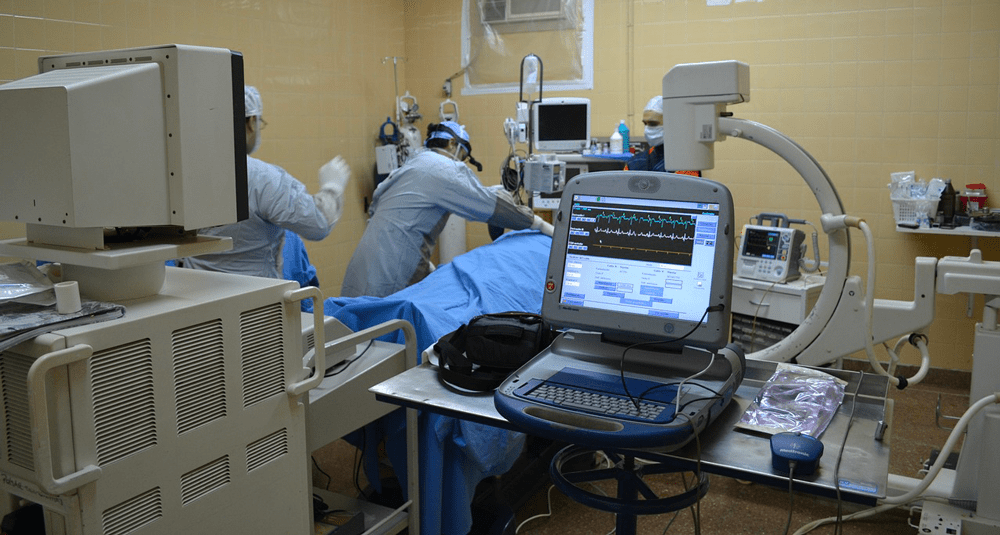Which surgeon performed the first heart transplant?
Last Updated:
The first human heart transplant was performed on December 3, 1967 by South African surgeon Christiaan Barnard at Groote Schuur Hospital in Cape Town, South Africa. This event marked a major turning point in the history of medicine and cardiac surgery, paving the way for the considerable progress made since then in the field of organ transplantation.
Prior to 1967, major advances had been made in cardiac surgery, notably through the invention of heart-lung machines, which enabled blood circulation to be maintained during operations. However, transplanting a human heart was still considered an experimental and risky procedure.
In the 1950s and 1960s, several experiments had been carried out on animals. American surgeon Norman Shumway, often regarded as the pioneer of heart transplantation, had performed successful transplants on dogs at Stanford University. This work laid the theoretical and technical foundations for an attempt at human transplantation.
The first patient to receive a heart transplant was 53-year-old Louis Washkansky, who was suffering from end-stage heart failure. His heart could no longer perform its functions properly, and he had only a short time to live.
The heart donor was Denise Darvall, a 25-year-old woman who had been declared brain dead following a car accident. The medical team led by Christiaan Barnard decided to attempt the first human heart transplant in history.
The operation lasted almost 9 hours and involved a team of over 30 doctors and nurses. At the end of the operation, the transplanted heart began beating normally in the patient’s chest, a resounding technical success.
Although the transplant was a surgical feat, long-term success was still uncertain. Louis Washkansky survived 18 days after the operation before succumbing to a lung infection, a consequence of the immunosuppression required to prevent rejection of the organ.
Despite this first death, heart transplantation was not abandoned. A few months later, Barnard performed a second transplant on another patient, Philip Blaiberg, who survived 19 months after the operation, proving that the procedure could offer significant life extension.
After this initial attempt, heart transplantation remained an experimental procedure for several years, mainly due to immune rejection. It wasn’t until the early 1980s, with the development of immunosuppressive drugs such as cyclosporine, that heart transplantation became more common and safer.
Today, heart transplantation is a well-established procedure, performed in many countries with much higher survival rates than in Barnard’s day. Technological advances such as artificial hearts and regenerative medicine continue to improve prospects for patients with end-stage heart failure.
The first human heart transplant, performed by Christiaan Barnard in 1967, marked a turning point in the history of medicine. Although his first patient survived only 18 days, this breakthrough led to the development of organ transplantation techniques and improved management of heart failure. Today, thanks to advances in immunosuppression and post-operative care, heart transplantation has become a routine procedure, saving thousands of lives every year.
sciences

Which surgeon performed the first heart transplant?
Answer
The first heart transplant was performed on December 3, 1967 by South African surgeon Christiaan Barnard at Groote Schuur Hospital in Cape Town.